1. Sweet has overtaken savoury for the first time
2. Rising expenses is driving the growth of accessible treats
3. Demand for healthier and speciality lines are on the rise
4. Bakery sales are slowing, with price increases and promotional spend to blame
5. Symbols and independents are not getting their fair share, but bread holds the solution

1. Sweet has overtaken savoury for the first time
There are few more alluring sensations for a shopper than the smell of freshly baked bread. Bakery is a staple category for every convenience store, with wrapped bread one of the most bought items, but stores that go further, with a diverse range of freshly baked treats, can drive higher footfall and margins.
Tastes change fast in in-store bakery, though, and what made a great range last year might not make the cut in 2024. Most notably, the past year has seen a surge towards sweet treats.
“Within the in-store bakery sector, sweet items have overtaken bread in value terms for the first time and as a result of this convenience retailers may wish to reassess and rebalance the space that they allocate to each of these categories in order to align with these evolving preferences,” says Phil Carratt, head of marketing and strategy at Country Choice.
“Merchandising strategies for food-to-go products have also evolved. For example, for retailers with limited space our advice is to avoid the duplication of flavours to offer variety, without overwhelming customers. For instance, a Pain au Chocolat serves the same mission as a Chocolate Croissant. It’s better to offer complementary flavours rather than duplicates and this approach also ensures a diverse selection while allowing stores to maintain a manageable product range.”
Figures from Delice de France show similar growth. The company has seen sales of sweet bakery, doughnuts and viennoiserie growing at +14%, +14% and +15% respectively in recent months.
Back to top

2. Rising expenses is driving the growth of accessible treats
This surge towards sweet treats is driven by shoppers looking for accessible luxuries to fill the gap left by dining out less, which many have cut back on to tackle their rising expenses.
“In the cost-of-living crisis, our desire for affordable treats is even more pronounced, and indulgence is another trend gaining traction as many embrace the little pick-me-ups that we all need from time to time,” says Rachel Wells, commercial director at St Pierre Groupe.
“Retailers’ bakery sales will continue to benefit from offering a mix of indulgence and impulse buys. Food is more than just a meal on your plate and there is a strong argument for ‘everything in moderation’. Two major recent growth areas in bakery are croissants and rolls – especially from St Pierre. Retailers should dedicate extra space on fixtures to these high-performing products, so they are ready for unpredictable sales uplifts.
For store owner Vidur Pandya, owner of Kislingbury Mini Market & Post Office, Northamptonshire, growth in simple convenience solutions is fueling his sales.
“We have an in-store bakery, and we’ve noticed a rise in sweet-based pastries, like maple pecan and crowns,” he says. “Rolls are also currently in growth as the weather warms up because shoppers are having more barbecues, and they’re quick and easy to make with burgers.”
Back to top

3. Demand for healthier and speciality lines are on the rise
Bakery shoppers are often willing to spend a little extra for freshness, taste and, of course, to feel healthier. “Within bread, we currently sell more fresh bread from our local bakery over branded products. It’s more premium, but the quality is better and customers have more choice,” says Vidur Pandya.
Consider adding speciality products to your range if space allows as these are currently experiencing some of the most rapid growth rates in the market. “Demand for healthier and speciality breads, such as gluten-free options and sourdough, is on the rise,” says Country Choice’s Phil Carratt.
“Sourdough is the fastest-growing segment within in-store baked bread, with consumers showing a willingness to pay a premium for high-quality, speciality products that offer a better overall eating experience.”
Back to top

4. Bakery sales are slowing, with price increases and promotional spend to blame
But it’s not all plain sailing for the category. Category insights from Circana suggests that the growth in bakery is slowing down, with signs that volume sales in the category may well be at their limit.
“From growth of 5.7% over the past year, in the latest 12 month in bakery growth has slowed to just 0.2% up on last year in the latest 13 weeks. The two big categories of cakes (-1.3%) and bread (-1.1%) are both now down on last year in the latest 13 weeks and on a downward trajectory,”[2] says Alex Lawrence, insight director at Circana.
“Growth slow-down in bakery and decline in the two key categories is driven by a combination of volume decline and inflation slowdown. The slowdown is driven by price increase anniversary and by an increase in promotional spend, notably in cakes.”
For retailers, this means that they may need to operate outside of promotions to stand out effectively. “With supermarkets lowering their prices of bread to £1, sales are affected everywhere,” says retailer Sasi Patel, owner of multiple Go Local stores in Manchester.
“However, in the convenience sector, sales have remained quite steady. For us, we’re not trying to compete and instead we’re focusing on price and margin. We can’t afford to compete with supermarkets and we’re not going to attract customers because our bread is cheaper, so we focus on other things.”
Back to top

5. Symbols and independents are not getting their fair share, but bread holds the solution
Despite the more recent market challenges, the market remains a highly lucrative one for retailers. That said, symbols & independents lag behind their supermarket rivals in really making this opportunity a reality.
“The symbols and independents (S&I) channel has a 10.8% value share of all food sales but has significant under-trade in bakery, where S&I share is just 7.8% of the bakery market. The biggest under-trade is in cakes where S&I has a 6.8% share,” [3] says Circana’s Alex Lawrence.
“The share decline of bakery is driven by the performance in bread, where S&I have lost 0.6PP of value share in the latest 12 months vs last year. That trend is accelerating with S&I down 0.7PP in the latest 13 weeks.”
To turn around this performance in bread, retailers should focus on the basics and ensure they have a well-promoted range that includes bestselling formats. “The top-selling take-home bakery items for convenience stores are traditional sliced bread for every day, speciality breads, such as rye, and burger buns and hot dog rolls,” says Josh Corrigan, customer development director at Baker Street.
“Bread products that offer both convenience and taste are a key purchase generator, as shoppers look for simple and affordable ways to achieve a healthy balanced diet. Traditional sliced loaves remain a key staple for most households, due to their versatility and convenience – particularly in the morning when time is limited.”
There are few better ways to drive bread sales than by stocking products that combine the staple with a sweet twist that shoppers are increasingly looking for.
“Our core range of brioche buns and hot dog rolls has continued to fly this year as shoppers embrace premium options that allow for easy upgrades to at-home menus. Our Seeded Brioche Burger Buns are up 84 per cent, our Brioche Buns are up 164% and Brioche Hot Dog Rolls are up 68% in the last year,” [4] says St Pierre Group’s Rachel Wells.
Despite market challenges, retailers that offer a range of quality sweet and savoury options will continue to tempt their shoppers for many months and years to come. There is still plenty of growth to be seized in the buoyant bread and bakery market.
Back to top


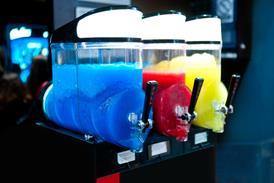



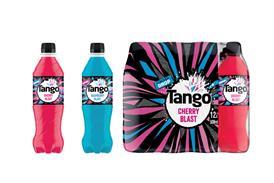



![WG-4003[58]](https://d2dyh47stel7w4.cloudfront.net/Pictures/274x183/4/5/1/353451_wg400358_6083.jpg)


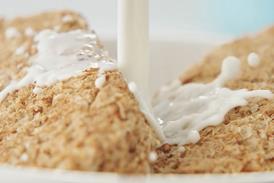





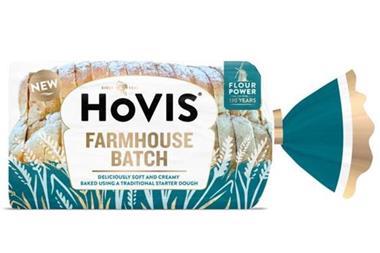

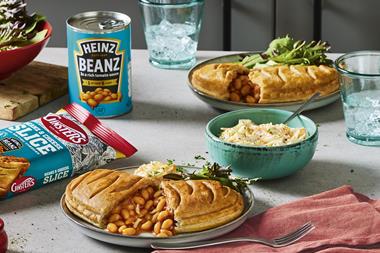
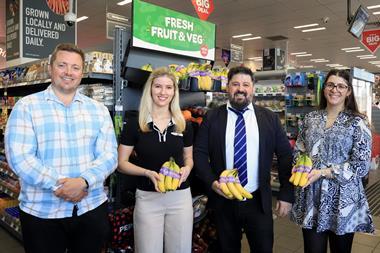



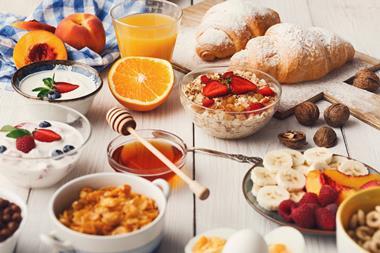
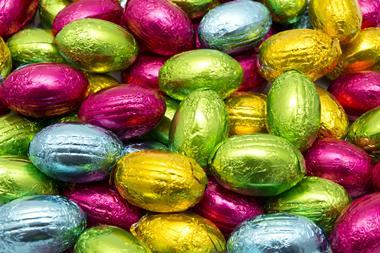
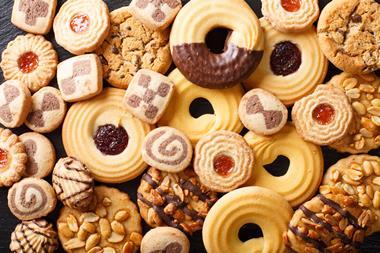
No comments yet